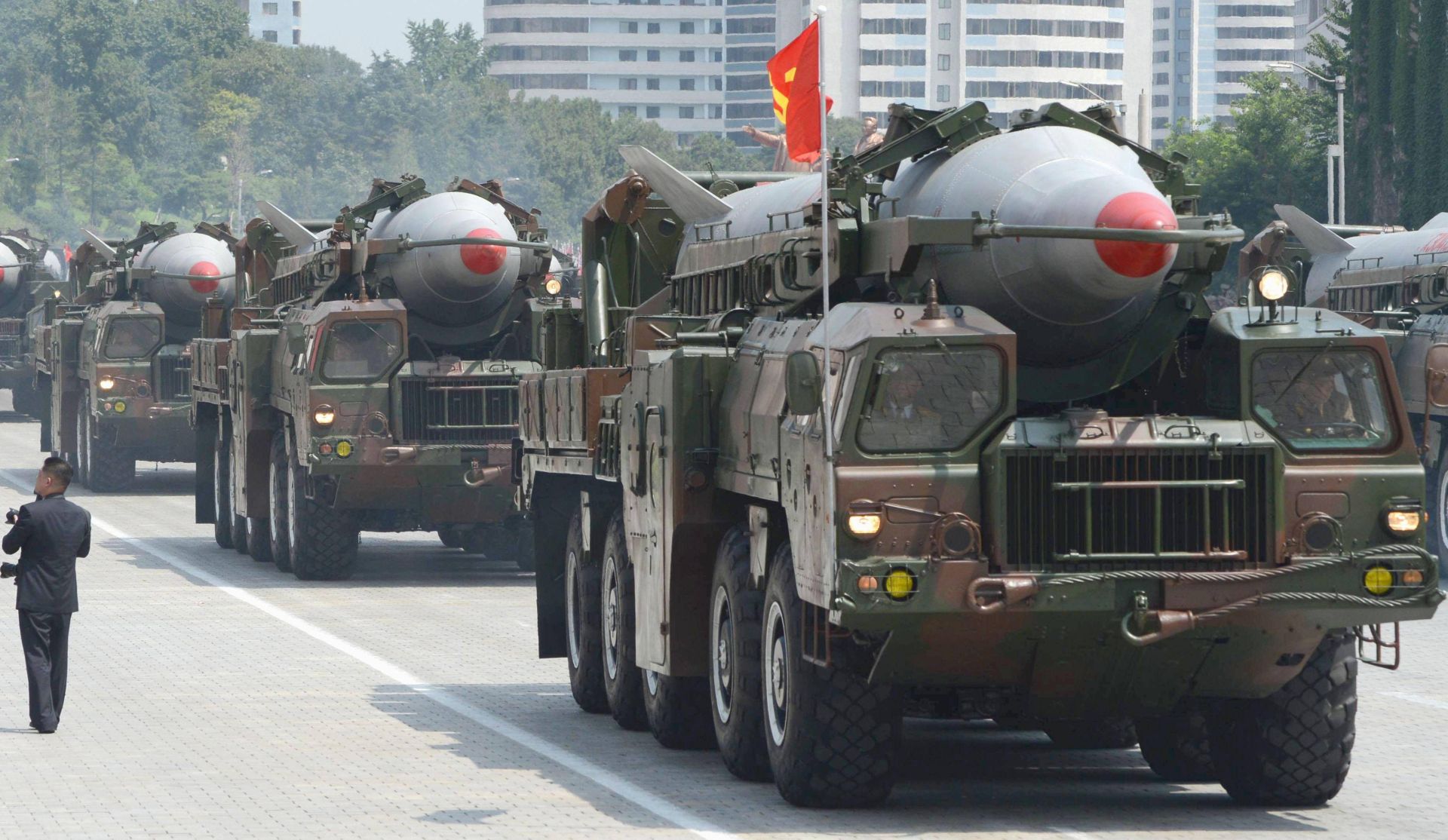North Korea could be separating isotopes used to manufacture sophisticated and more powerful nuclear bombs, US experts warned Wednesday, after Pyongyang announced its main atomic weapons complex was fully operational.
The head of the North’s atomic agency said Tuesday that all facilities at the Yongbyon nuclear complex — including a uranium enrichment plant and a five-megawatt reactor seen as the country’s main source of weapons-grade plutonium — had “started normal operations”.
He also claimed the North was “steadily improving” its nuclear weapons in terms of “quality and quantity.”
The announcement came just hours after the chief of the national space agency hinted at a satellite rocket launch next month — seen by the US and its allies as a step towards the development of a nuclear-tipped intercontinental ballistic missile.
Both statements — accompanied by a routine threat that nuclear weapons could be used against the United States at “any time” — were seen as military muscle-flexing for both domestic and international audiences.
At home, the North is planning a massive military parade to mark a key political anniversary on October 10, while Pyongyang’s nuclear capabilities will feature high on the agenda of an expected summit later this month between the Chinese and US presidents.
The Washington-based Institute for Science and International Security (ISIS) said satellite imagery analysis was unable to confirm all Yongbyon facilities were fully functional, although there were multiple indications that the reactor and uranium enrichment plant were, at the very least, operating intermittently.
‘Hot cell’ facility
ISIS also raised a red flag over what appeared to be a new “hot cell” facility under construction at Yongbyon, that could be dedicated to separating isotopes from irradiated material produced in the reactor.
“The signatures visible through an historical analysis of satellite imagery are consistent with an isotope separation facility, including tritium separation,” the think-tank said.
Tritium is a key component in the design of more sophisticated thermonuclear weapons with far greater yields than those made only of plutonium and uranium.
North Korea has carried out three nuclear tests — in 2006, 2009 and 2013.
The first two were plutonium devices, while the third was believed — though not confirmed — to have used uranium as its fissile material.
“Whether North Korea can make nuclear weapons using tritium is unknown although we believe that it remains a technical problem North Korea still needs to solve,” ISIS said.
“Solving this problem would likely require more underground nuclear tests,” it added.
If, as has been widely speculated, the North pushes ahead with a rocket satellite launch to mark next month’s 70th anniversary of the founding of the ruling Workers’ Party, then the possibility of a fourth nuclear test would come into sharper focus.
The North’s last rocket launch in December 2012 triggered a surge in military tensions that culminated in the North’s third nuclear test just two months later.
The United States on Tuesday urged North Korea to refrain from “irresponsible provocation” that would only serve to aggravate regional tensions.
White House spokesman Josh Earnest said Pyongyang should “focus instead on fulfilling its international obligations and commitments.”










